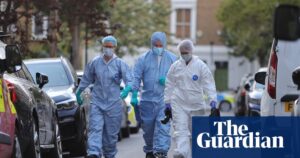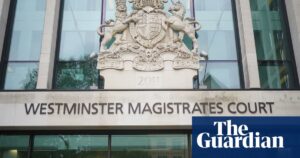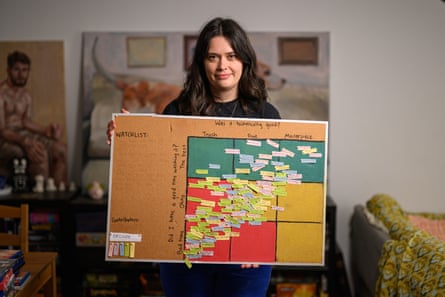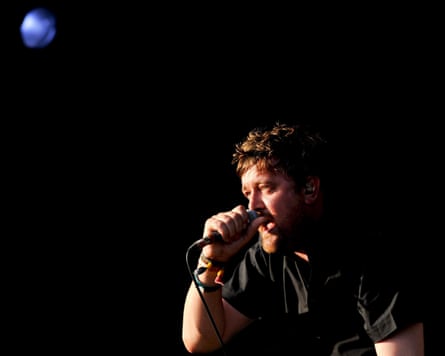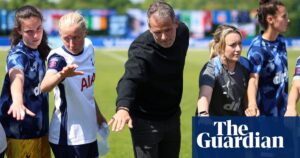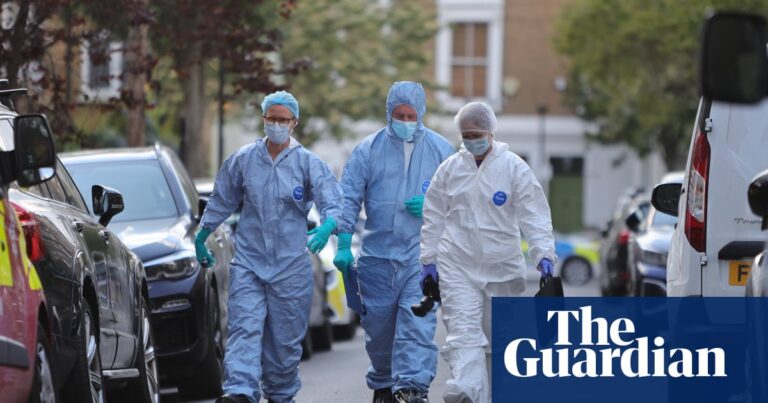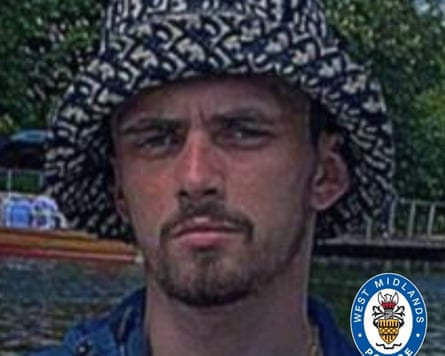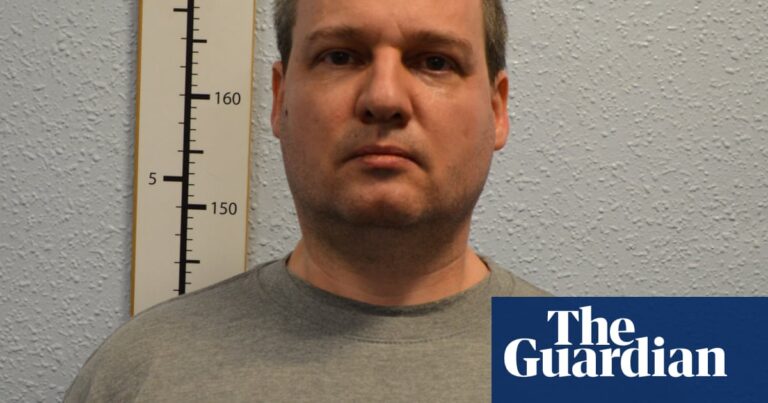The Kimberley’s winding ochre gorges, coral sunsets and celadon crocodile-filled rivers feature in a new ABC documentary series about one of Earth’s last great tropical wetlands.
Filmed on cinema-grade cameras in the remote and vast north-west Australian region, The Kimberley captures an intimate portrait of its ancient landscape and offers ecological and cultural insight across three episodes.
The series follows the six seasons in the Nyikina calendar. The Nyikina people are the traditional custodians of the Martuwarra, also known as the Fitzroy River, the Kimberley’s largest river system.
-
Sign up for Guardian Australia’s breaking news email
Actor and Nyikina man Mark Coles Smith, the series’ narrator and host, describes himself as deeply connected to the land, his mother’s country.
He introduces the Martuwarra as a “literal ancestral entity” that has sustained the cultural, spiritual and physical life of First Nations people in the area for tens of thousands of years.
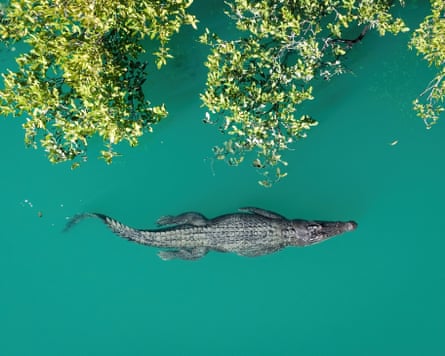
At the end of the hot, dry season of Lalin – colloquially called “married turtle season” because it’s when the reptiles mate – a crocodile ambushes a thirsty wallaby, snapping it into its jaws before its tail disappears through the croc’s teeth.
Director Nick Robinson describes it as one of the most astonishing sequences he has ever filmed.
The rare footage was taken during the six months he and the series’ director of photography, Jack Riley, spent camping, rafting and trekking throughout the Western Australian region.
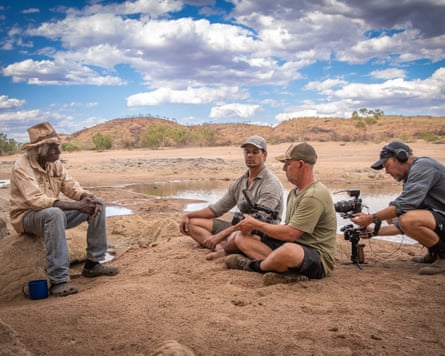
“We were just talking to a random fisherman,” Robinson says. “He mentioned having seen a croc take a wallaby. I’d never seen that in the wild, and I’ve spent years filming crocs.
“That tip turned into one of the most amazing sequences I’ve ever shot.”
Coles Smith, who won an Australian best actor award for his role in Mystery Road: Origin and is a Gold Logie nominee, explains the crocodile is a “revered spirit of the riverways”, playing an important role in the ecosystem and symbolising the “raw power of nature”.
The tiny crew worked alongside Indigenous rangers, traditional owners and scientists, including the Australian Wildlife Conservancy, to capture animal behaviour and landscapes never before filmed – from frill-necked lizards sparring in their quest for love to humpback whales arriving in the cool, dry season of Barrgana.
Some stories came unexpectedly. A planned shoot of northern quolls, small carnivorous marsupials, was derailed when cane toads arrived, likely devastating local populations.
Coles Smith takes viewers to the riverbanks of the Martuwarra: kids splash and fish in green-mirrored waters as an elder sketches shapes in the earth for young children and kangaroo tails cook on a fire.
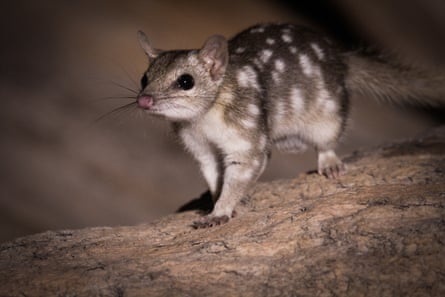
As she untangles a line in her lap, one woman says: “That spiritual connection we have – with the river, the land, all these things – it heals you. You hear the birds, the river, and the calmness of it … your body is meditating.”
after newsletter promotion
A man, tending smouldering flames with a shovel, explains: “You come up here and sit down, have a feed, go fishing, maybe catch a barramundi if you’re lucky; those things, are really, really good for the heart, good for the mind, good for the spirit.”

When peaking humidity brings in the rainy season, Wilakarra, it revives the Martuwarra for a stunning rafting expedition – a journey that Robinson says requires helicopters, small planes, and local knowledge to access rarely seen gorges and rapids.
Despite damage caused by European farming in the last 150 years, the Martuwarra is still one of the most pristine river systems on Earth.
“I can’t fathom the generations behind me, through my mother’s family, that begin and return to the river – that’s what I think of when I’m out here,” Coles Smith says.
But the series also documents the looming danger the Kimberley faces.
Aerial shots show mining, water extraction and fracking equipment cutting into the wilderness. “It’s an existential threat,” Coles Smith says.
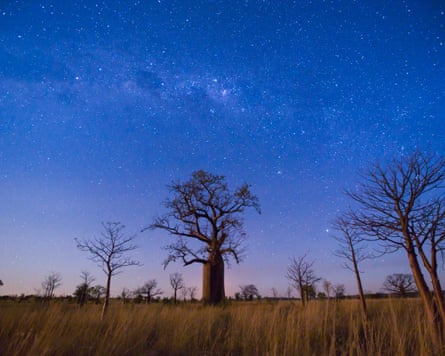
In response, local leaders have formed the Martuwarra Fitzroy River Council – a “coalition of hope” – advocating for the river’s rights.
“There are many nations that make up the length of the Martuwarra,” Coles Smith says. “All of us have a cultural obligation to protect these waters for future generations.
“The river keeps us alive; we keep the river alive. That’s the deal.”
The Kimberley airs from Tuesday 13 May at 8pm on the ABC and ABC iview.
Source: theguardian.com



